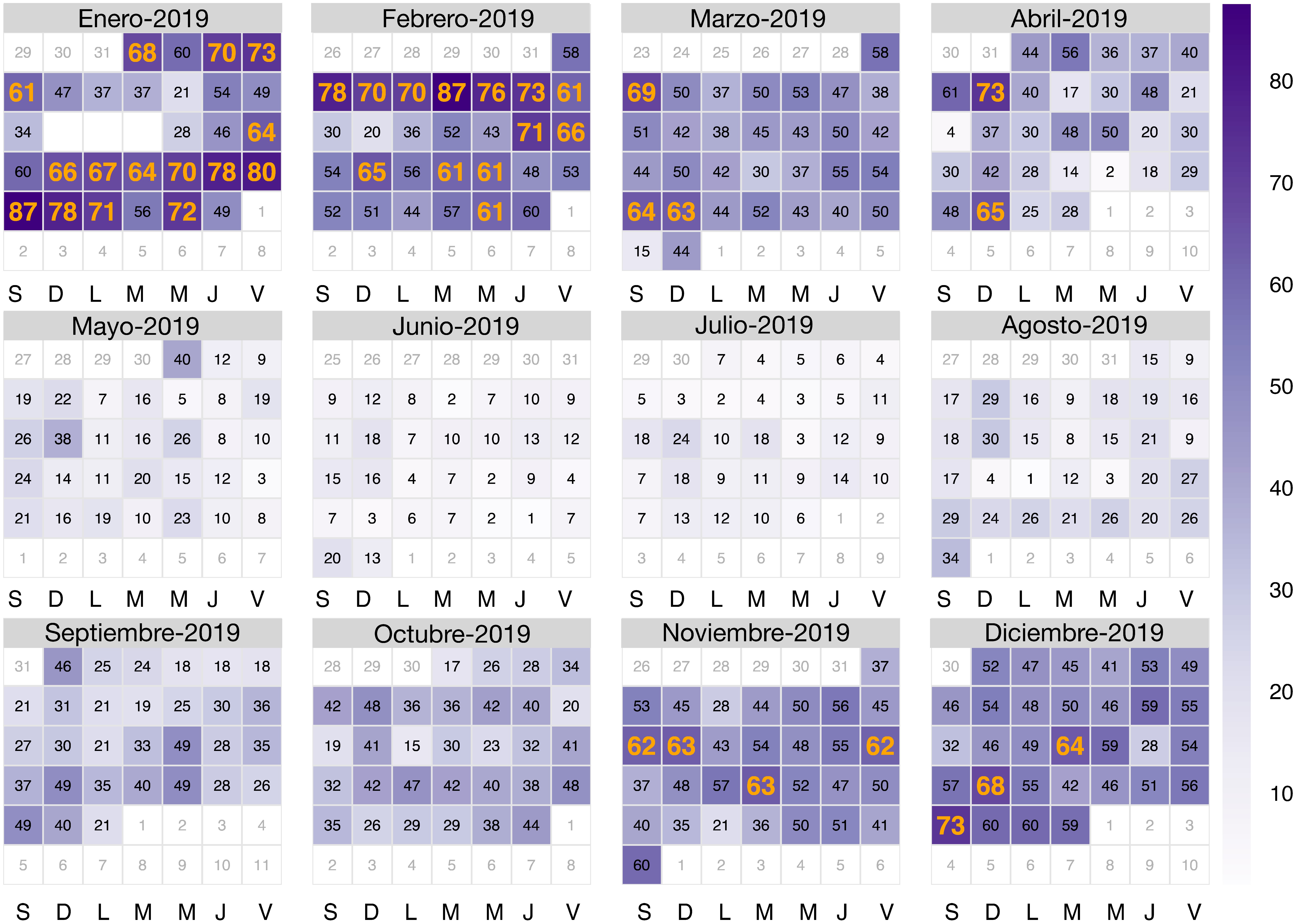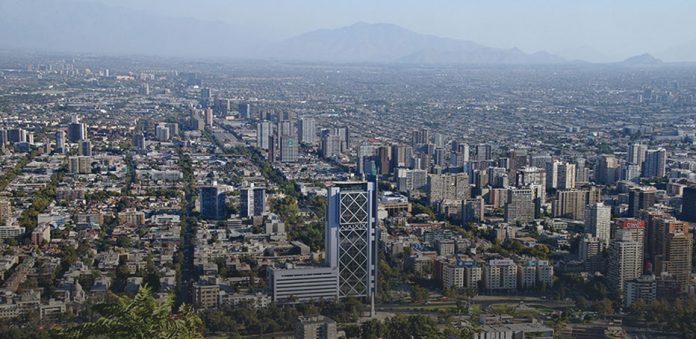Rodrigo Seguel, Resilient Cities investigator, Center for Climate and Resilience Research (CR)2 ; and Laura Gallardo, principal investigator, Center for Climate and Resilience Research (CR)2
Ozone, the same molecule that protects the biosphere from harmful ultraviolet radiation in the stratosphere, at ground level affects our respiratory system, alters physiological processes in plants (such as photosynthesis), and reduces agricultural productivity. Because of this, its presence at ground level is regulated in Chile and many other countries. Ozone is also a greenhouse gas, the third most important in the middle and high troposphere (5 to 15 kilometres above the earth), after carbon dioxide and methane. As such, mitigating ozone is also in line with the goal of preventing the earth’s average temperature from rising more than 1.5°C.
According to the air quality monitoring network in Chile’s Metropolitan Region (1996), the highest levels of ozone have been recorded in the eastern part of the capital. This is mainly due to emissions of nitrogen oxide and volatile organic compounds from fossil fuel combustion (industrial processes and vehicle exhaust), as well as environmental factors such as the prevailing winds, which transport pollutants from the southwest of the city to the northeast.
Chilean air quality standards are designed to prevent human exposure to ozone levels above 61 parts per billion by volume (ppbv) over an 8-hour period. However, as Figure 1 shows, in 2019 the Las Condes monitoring station recorded 40 days above 61 ppbv (daily maximum 8-hour average). As the figure also shows, the highest ozone levels were reported in the warmest month of the year, January. Indeed, the annual maximum of 87 ppbv (daily maximum 8-hour average) was recorded on January 26 in the midst of a heatwave that lasted five days. That same day, the city also reached a new record maximum temperature of 38.3°C.
 Figure 1: Ozone levels recorded at the Las Condes station in 2019, by date. Values represent the daily average 8-hour maximum. Shaded areas with yellow numbers represent values above 61 ppbv. Saturday is considered the first day of the week.
Figure 1: Ozone levels recorded at the Las Condes station in 2019, by date. Values represent the daily average 8-hour maximum. Shaded areas with yellow numbers represent values above 61 ppbv. Saturday is considered the first day of the week.
This correlation between ozone and temperature is explained, in part, by the fact that the chemical reactions that lead to the formation of this gas speed up at higher temperatures, and partly because more volatile organic compounds of both human (solvent and fuel evaporation) and natural origin (certain plant emissions) are released during heat episodes.
The intensity and duration of the heatwaves recorded in 2019, coupled with the higher frequency of these events, the ongoing increase in the total vehicle fleet, and urban sprawl, are all factors that contributed to the high levels of ozone that year. In the summer of 2020, the scenario is expected to be similar to that observed in summer 2019. Because of this, special care needs to be taken with more vulnerable segments of the population (children and senior citizens), especially during extreme temperature periods.
Clearly, like other large cities, Santiago is facing new challenges associated with the complex interactions between the atmosphere, terrestrial ecosystems, and the climate. Ensuring a pollution-free atmosphere for the coming years will not only require the reduction or elimination of carbon-based energy consumption; it will also require public policies specifically designed to address this kind of pollution.




